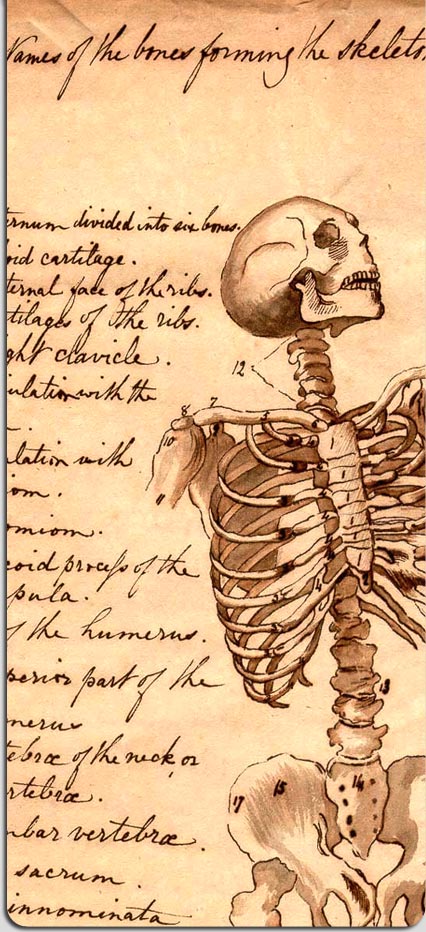A Personal Take on Health Care Billing
How come it’s cheaper to be uninsured? This story follows both a post from Matthew Holt’s The Health Care Blog as well as my own ER adventure; the gist of Holt’s posted story is this:
- Woman has high deductible health insurance policy (these are common among “health savings plans” and “consumer-directed health care” that the current administration supports). This means she has to pay $X before her insurance kicks in.
- Woman has earache.
- Woman wants to get better, so she goes to a local urgent care clinic; she doesn’t want to wait several days to see her primary doctor.
- Woman shows her ID card, pays a $50 copay, sees a nurse practitioner for 10 minutes.
- 120 days later, she finds an “unpaid” bill for $325 in her mailbox; she calls the clinic and finds out had she just walked in uninsured , it would have cost her $125.
 My own ER experience was just as shocking
–but less expensive for me.
I was sick sick sick back in December
, and I went to the Emergency Department for some rehydration and some help with my vomiting. I hung out in a room for 4 hours, where I got an IV placed, received 2
liters of normal saline (that’s 2 quarts of salt water),
1 dose of IV phenergan
, and
one dose of IV reglan
. As you can see from the bill, that’s quite a price hike for the two medications and the saline; you can also see a lab charge that I’m disputing (even
though I don’t have to pay it). Most mind-boggling to me is a $5,500+ charge for 4 hours in the ER.
My own ER experience was just as shocking
–but less expensive for me.
I was sick sick sick back in December
, and I went to the Emergency Department for some rehydration and some help with my vomiting. I hung out in a room for 4 hours, where I got an IV placed, received 2
liters of normal saline (that’s 2 quarts of salt water),
1 dose of IV phenergan
, and
one dose of IV reglan
. As you can see from the bill, that’s quite a price hike for the two medications and the saline; you can also see a lab charge that I’m disputing (even
though I don’t have to pay it). Most mind-boggling to me is a $5,500+ charge for 4 hours in the ER.
So where does all this lead us? Luckily it leads me to a $50 copay, which I’m happy to pay (and even happier that I have the money to pay it). But I think both of these cases illustrate the disconnect between cost and service. The bill also shows an insurance “adjustment” of $4,000+; does that mean that the insurance company bargained the price down to just over $1700 for me? Could I have bargained down that rate if I was uninsured? Or would I be stuck paying over $6,000?
The story of the woman’s charges also highlight a gaping hole in the high-deductible health plan market, too. Often, like in the new Massachusetts plan , health insurance is compared to car insurance–namely, that everyone “has to have it,” and by requiring it, we can eliminate the problems of the uninsured. But with car insurance, the price of repairs doesn’t change based on if I file a claim or not. If I have a minor fender bender, I can see how much it will cost to repair, and figure if it’s worth reporting to my insurance company, or worth just paying out of pocket for. I may have a higher insurance premium if I report it, but at least it’ll be paid for. (Also, to my knowledge there aren’t “in-network” providers of car repairs; you go to anyone in your neighborhood.)
The common conclusion to all this confusion, time and time again, is that these charges for services are artificially high. Because at the end of the day, the hospital has to at least have the same costs as it does income. For every patient that gets care at the hospital that is uninsured and can’t (or won’t) pay his or her full medical bill, there has to be someone with insurance to balance out the costs. So you charge me $6200 when it really only cost $5200, for example. And you’ve made some of the money back that you spent on the uninsured person. Perhaps the woman’s urgent care clinic has found that uninsured patients will pay $125 for a visit, so they charge that much for them, and over-charge insurance companies to make up the difference. Who knows.
I’ll say it over and over: the uninsured get health care. It’s just expensive and inefficient and haphazard. Yes we continue to assume that it’s cheaper to allow people to go without health insurance, at the expense of higher costs for all of us.
